Leading professionals in the tool/mold manufacturing industry.
Kenvox maintains strict quality control, deadlines, and voice activities with internal staff.
WHAT IS DIE-CASTING?
Die-casting is a metal fabrication process that involves subjecting the molten metal to very high pressures in specifically shaped reusable metal dies. Die-casting enables the manufacturing of metal components with incredibly accurate specifications, smooth surfaces, and remarkable quality.
The main advantages of using the die-casting process are that it is relatively simple, fast, stable, and provides consistently good final results. The process begins when a steel mold is created into two (or more) sections to allow for the ejection of the castings. This mold has the ability to produce thousands of castings in very short periods of time. After being mounted on the machine, each section is arranged in a manner where one half is fixed and the other has the ability to move. They are clamped together with a machine which marks the beginning of the process. Molten metal is injected into the mold and is left to solidify. The two halves are then released and the final casting is removed.
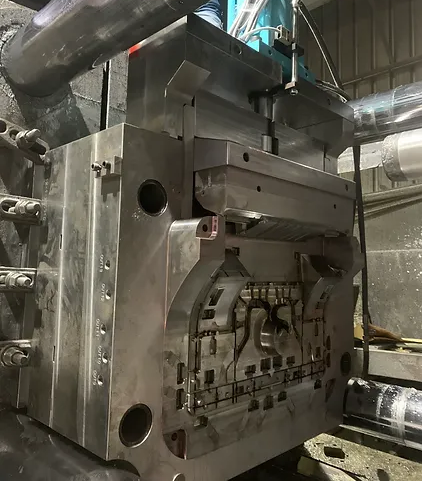
WHAT ARE THE MOST COMMONLY USED DIE CAST METALS?
There are a variety of alloys and metals that can be utilized in the die-casting process. As mentioned earlier, the type of metal used influences the final characteristics of the manufactured products and these products have varied uses and applications.
Cast Metal
The most used metal materials are zinc, aluminum, magnesium, copper, lead, tin.
Specific die casting metal includes:
Aluminium: ADC12, A380, Alsi9Cu3, Alsi12Cu1, AC4CHT6, YL102, YL112, YL113.
Magnesium: AZ91D, AZ80, AZ31B, AZ40M, AZ31, ZK60, ZK61, AM60M, ME20M, ZK60A, ZK50B, ZK51A.
Zinc: Zamak2, Zamak3, Zamak5, Zamak7, Zamak8.
Copper: Brass, Bronze.
The advantages of the three most commonly used metals are discussed below:
ALUMINUM DIE-CASTING
Aluminum is a very popular metal choice in die casting. Aluminum is a fairly light metal, which is ideal for manufacturing lightweight components with good strength. Aluminum is also able to withstand high temperatures and has more finishing options. Aluminum is also easy to cast and has optimal thermal and electrical conductivity. All of these characteristics combined make aluminum die-casting a very good choice for the production of parts in the technology, energy, automobile, and aerospace industries respectively.
ZINC DIE-CASTING
Zinc is also comparable to aluminum in terms of popularity. It is mainly used in the production of automobile and medical equipment components. Zinc has a very distinct aesthetic look and zinc alloy die castings are perfect for manufacturing parts which require a sharp appearance. Zinc components also have smooth surfaces and can be plated or painted as per the specified need.
Zinc also has a low melting point and has less energy requirements when producing components while also extending the overall life of the mold used to shape the products, adding value to the entire process as a result. Zinc also has high corrosion resistance and is considered to be very durable, stable, and firm.
MAGNESIUM DIE-CASTING
Among the three most popular metal choices, magnesium offers the greatest ease of machining. The incredible strength-to-weight ratio coupled with its lightness makes it the easiest alloy commonly used in die-casting. The advantages of using magnesium include better castability, resistance to hydrogen porosity, and superb fluidity compared to its aluminum and copper counterparts.
The metal is also known for its EMI (electromagnetic interference) and RFI (radio frequency interference) resistant properties which makes it the ideal choice for electrical components and connectors. The magnesium die casting metal is also used in the production of lab and medical equipment owing to these properties. Furthermore, magnesium is approximately 75% lighter than steel while having similar strength and superior dimensional stability, making it a good choice for complex net-shape and thin-walled casting applications.
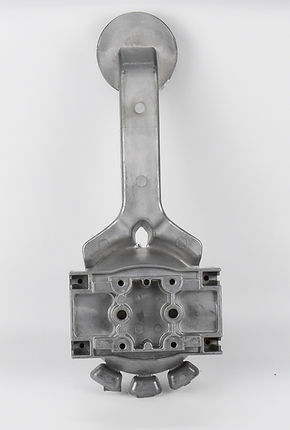
Higher impact strength than plastic, especially large machinery and equipment such as trucks and cars
More stability in dimension is a very important element. For example, POM or other plastic products with special shapes are transported from Asia to Europe, the size will change under the influence of temperature, but die castings will never have such a big change.
Product has a longer life,special parts like robot arms, engine covers, LED, etc., after the long-term operation and high and low temperatures, there will still be no changes in material and strength
More resistant to corrosion,some ship components, chemical vessels, weapon components, etc. need to be immersed in liquid or exposed to the gas for a long time without oxidation and decomposition
Wall thickness also does not affect, some parts like large furnaces, clocks, aerospace components, and trucks are often so thick and strong only casting can achieve the required strength.
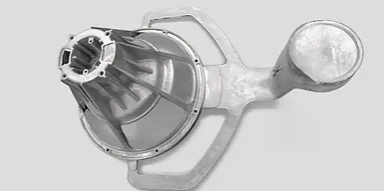
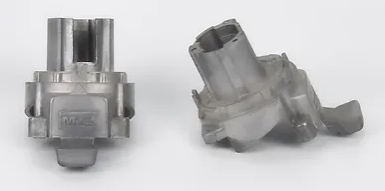
More dangerous when casting in workshop,more requirements in terms of safety in production,more insurance and protection
All other types of casting except die casting are not suitable for thin walls
Heavier than plastic products, more shipping costs, and packaging costs
More demanding on the environment,dirtier and messier workshops, exhaust and effluent discharge not easily dealt with
No complex die structures can be used, for the same product, plastic molds can complete more structures, die-casting molds need secondary processing, CNC, WEDM
More cost than plastic, like materials, tools, transport, environment, and secondary processing
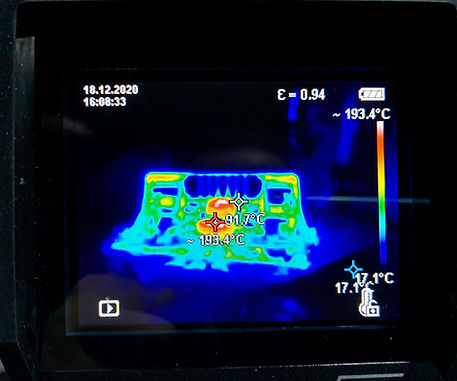
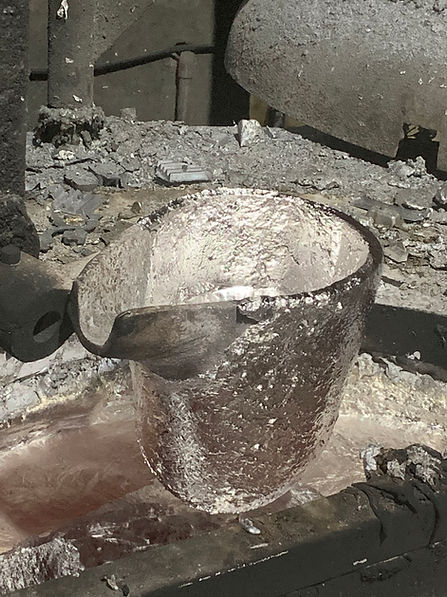
Die casting, a high precision casting process is usually used for die castings with dimensional requirements, such as aerospace, automotive, custom equipment, etc., precision components, all processes are completed in the machine, including injection, pressure-holding, and cooling.
Sand casting, a low-cost casting method, half manual, and half machine operation, multiple layouts in one cavity, molds and cores no need high cost, no high requirements for mold appearance and steel hardness, subsequent appearance treatment after forming, almost no requirements for product density and accuracy.Can be used for a wide range of casting materials.
Investment casting, a complex process of casting for die castings with complex shapes and structures. The first step is to make a wax mold with a similar structure as the plastic mold, fill it with wax and shape it (the shape of the wax is the shape of the final die casting); the second step is to take the product out and coating it evenly with two special materials, the first coating is fine to make the surface of the die casting smooth and ensure that the wax product will not crack easily at a certain temperature after air-drying the second coating is applied, the second coating will form the mold of the part shell, the melting point of the coating is a little higher than the melting point of the die casting; the third step into the furnace, the surface material after high temperature to form the shell, the wax has been melted, Investment Casting is formed, pour the melted die-casting material and cover for insulation, crack the shell to remove the part.
Low-pressure casting, a simple casting method that differs from high pressure die casting in three ways: 1. the molten metal is injected into the die using air, 2. the furnace is placed at the bottom of the die to facilitate air pressure, and 3. the shape of the product must appear to be a mirror image to facilitate pressure balancing within the die. low-pressure casting is not suitable for most die castings. The reason sees here.
Gravity die casting, the simplest form of casting, with only a cavity and a core, not even a machine to clamp it, the molten metal is poured in through the top of the die and knocked out when it cools, suitable for small batches of die castings.
Vacuum die casting, a method of improving the quality of casting, usually for magnesium alloys, where the air is pumped out of the cavity before the molten metal is fed in (some special dies are injected with oxygen after the air has been pumped out) and then the metal is injected, resulting in a die casting with fewer pores and high density, which is more complex in batch production conditions and prone to explosions caused by leaks.
Vacuum die casting is the best in quality
Die casting is the highest in efficiency and good in the casting of thin rib
Gravity die casting is the best in cost
Sand casting is best in small batches
Investment casting is best on complex structures